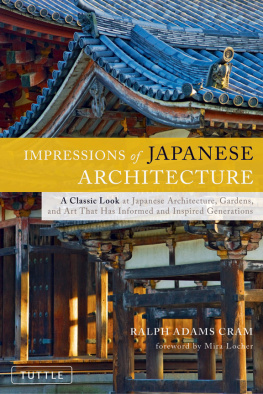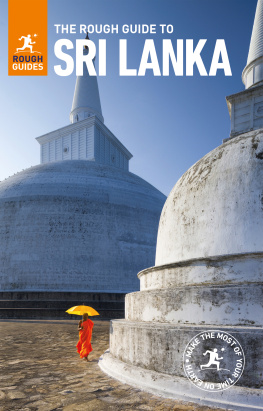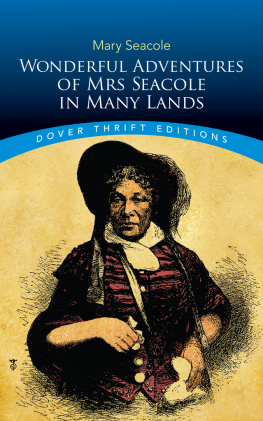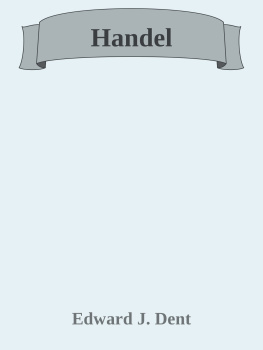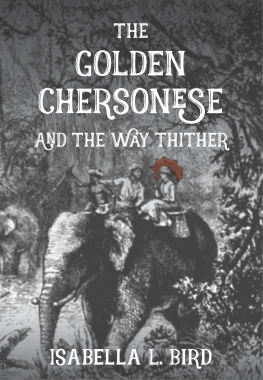I
A SANCTUARY LAID WASTE
B ETWEEN the Seine and the Rhine lay once a beautiful land wherein more history was made, and recorded in old monuments full of grace and grandeur and fancy, than in almost any other region of the world. The old names were best, for each aroused memory and begot strange dreams: Flanders, Brabant, the Palatinate; Picardy, Valois, Champagne, Franche-Comt; Artois, Burgundy, and Bar. And the town names ring with the same sonorous melody, evoking the ghosts of a great and indelible past: Bruges, Ghent, Louvain, and Lige; Aix-la-Chapelle, Coblentz, and Trves; Ypres and Lille, Tournai and Fontenay, Arras and Malplaquet; Laon, Nancy, Verdun, and Varennes; Amiens, Soissons, and Reims. Csar, Charlemagne, St. Louis, Napoleon, with proconsuls, paladins, crusaders, and marshals unnumbered; kings, prince-bishops, monks, knights, and aureoled saints take form and shape again at the clang of the splendid names.
And in all these places, and by all these men (and elsewhere, endlessly, and by hands unnumbered), two thousand years had wrought their visible manifestation in abbey, church, and cathedral; in manor and palace and castle, in trade hall and civic hall, and in library and seminary and school.
Wars, great and small, have swept it from river to river, but much has been free for a century and all of it free for forty years. Under every oppression and every adversity it has thriven and grown rich, not in material things alone, but in those commodities that have actual intrinsic value; and a short year ago it was the most prosperous, peaceful, and industrious quarter of Europe. Whatever the war, however violent the opposing agencies, its priceless records of architecture and other acts were piously or craftily spared, except when the madness of the French Revolution swept over its convents and cloisters, leaving Coxyde, Villers, St. Bavon, St. Jean des Vignes, the Abbaye des Lys, dead witnesses of the faith that had built them and the spared monuments as well.
And now a thing calling itself the highest civilisation in Europe, with the name of God in its mouth, again sweeps the already well-swept land. In defiance of Peace Palaces and Conferences; in spite of the bankers of the world and their double-knotted purse-strings; in spite of a socialism that said war should not happen again, and an evolutionary philosophy that said it could not happen again (men now being so civilised), the world is at war, and the old arena of Europe flames as at Armageddon, while those things too sacred for pillage and destruction by the armies and the commanders of five centuries are given over to annihilation in order that the peril of the Slav, on the other side of Europe, may not menace the treasured civilisation of the West, whose vestiges even now are blazing pyres, or cinders and ashes!
It is significant that thus far the heavy hand of the pursuer has fallen notably on two things: the school and the church; for these are two of the three things he most fears and hates. Not the school, as with him, where secularism, through economic materialism and a sinister philosophy, breeds a race as unprincipled as it is efficient and fearless, nor the church, as with him, where intellectualism ousts faith, expediency morals, and God is glad ably to support the victorious battalions of a crown prince. Quite otherwise; the school that teaches both independence and regard for law, with religion as the only basis for right conduct, and the Church that teaches humility and the reality of sin, and the subservience of all rulers, whether king or parliament, to the religion and the authority of a living Christ speaking to-day as He spoke on the Mount of Olives.
When the University of Louvain passed in the smoke and flame of a murdered city; when the Church of St. Pierre and the Cathedral of Malines and the Shrine of Our Lady of Reims were shattered by bombs and swept by devouring fire, there was something in it all other than the grim necessity of a savage war; there was the symbol of a new thing in the world, built on all Louvain, Malines, and Reims had denied, and destroying the very outward show of what could not exist on earth side by side with its potent and dominant negation.
Reims Cathedral stood in the line of gunfire, it was a landmark and unfortunately could not escape, it had been fortified by the enemy and therefore could not be spared. All true, each statement, and thus: It stood between a brute power founded on Bismarckian force and Nietzschean antichristian philosophy, on the one hand, and on the other nations newly conscious of their Christianity, ashamed of their backsliding, and ready to fight to the death for what had made them. It was a landmark, a vast, visible showing forth of a great Christian spirit and a greater Christian principle, and as such it must go down. It was fortified, as every church is fortified, to fight against the devil and all his works, and therefore, equally with the allied forces behind it, it was fighting against a common enemy. If by its ruin it can make this universally and eternally clear, we can see it go without a tear or a regret, for, like the martyr in the Roman arena, it has accomplished its work.
Thus far, of the great cities, Lige, Louvain, Malines, Ypres, Arras, and Reims are gone, with the greater part of their treasured art, while Laon, Soissons, and Namur have been grievously wrecked. Apparently, Amiens, Noyon, Bruges, and Ghent are now safe, but endless opportunities open for destruction and pillage, and we may well be prepared for irreparable loss before the invader is hurled back across his natural river frontier. Let us consider, not what already has been annihilated, but the kind of art it was, so measuring, in a degree, the quality of our lossand of what we still may lose.
First of all, there are the towns themselves, for all art is not concentrated in htel de ville and cathedral; it shows itself sometimes in more appealing guise in the river villages and proud cities, and its testimony to a great past is here equally potent. Ypres, Malines, Dinant, Termonde, and Huy, all of which are gone, were treasures that belonged to all the world; Namur and Plombires we could not spare, and as for Bruges and Ghent, even apart from their exquisite architecture and their treasures of painting, the soul shudders at what might happen there were they involved in the retreat of a disorganised army, when one considers what happened to Lige and Louvain in its victorious advance. All Belgium and Luxembourg, all Picardy and Champagne are, or were, rich with lovely little towns and villages, each a work of art in itself; they are shrivelling like a garden under the first frost, and, it may be, in a little while none will remain.


